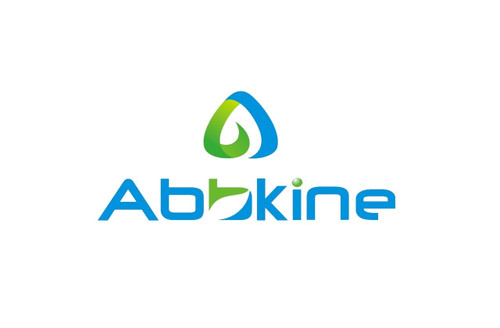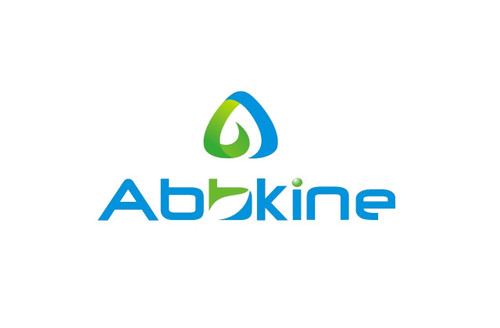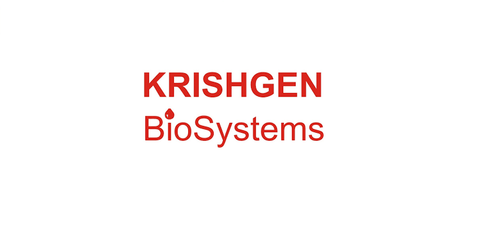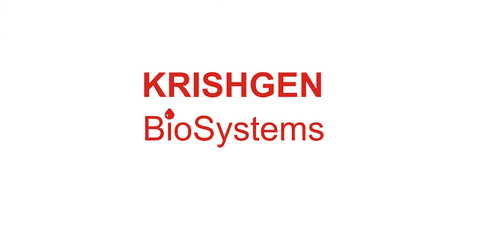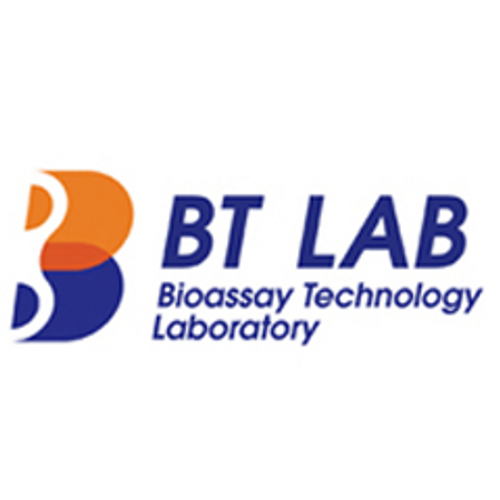Product Description
Human Peptidoglycan recognition protein 3 (PGLYRP3) ELISA Kit | AE27770HU | Abebio
Species Reactivity: Human (Homo sapiens)
Abbreviation: PGLYRP3
Alternative Name: MGC149197; PGRP-Ialpha; PGRPIA; PGLYRPIalpha|peptidoglycan recognition protein I alpha|peptidoglycan recognition protein-I-alpha
Application: ELISA
Range: 0.312-20 ng/mL
Sensitivity: 0.078 ng/mL
Intra-Assay: ≤5.3%
Inter-Assay: ≤9.5%
Recovery: 0, 87
Sample Type: Serum, Plasma, Other biological fluids
Detection Method: Sandwich
Analysis Method : Quantitive
Test Principale: This assay employs a two-site sandwich ELISA to quantitate PGLYRP3 in samples. An antibody specific for PGLYRP3 has been pre-coated onto a microplate. Standards and samples are pipetted into the wells and anyPGLYRP3 present is bound by the immobilized antibody. After removing any unbound substances, a biotin-conjugated antibody specific for PGLYRP3 is added to the wells. After washing, Streptavidin conjugated Horseradish Peroxidase (HRP) is added to the wells. Following a wash to remove any unbound avidin-enzyme reagent, a substrate solution is added to the wells and color develops in proportion to the amount of PGLYRP3 bound in the initial step. The color development is stopped and the intensity of the color is measured.
Product Overview: PGLYRP3 contains an N-terminal signal peptide, followed by PGRP domain IV, a transmembrane segment, PGRP domains III and II, a second transmembrane segment, and PGRP domain I at the C terminus. PGRP domain IV at the N terminus and PGRP domain I at the C terminus are extracellular. PGRPI-alpha shares 33%, 43%, and 68% amino acid identity with PGRPL, PGRPS, and PGRPI-beta (PGLYRP4), respectively. PGRP domain IV in PGRPI-alpha is 96% identical to PGRPI domain IV in PGRPI-beta. RNA dot blot analysis detected strong PGRPI-alpha expression only in esophagus. Northern blot analysis detected a 2.8-kb transcript in esophagus and thymus, and PCR detected expression in esophagus, tonsils, and thymus, with much lower expression in stomach, descending colon, rectum, and brain.
Stability: The stability of ELISA kit is determined by the loss rate of activity. The loss rate of this kit is less than 5% within the expiration date under appropriate storage condition. The loss rate was determined by accelerated thermal degradation test. Keep the kit at 37°C for 4 and 7 days, and compare O.D.values of the kit kept at 37°C with that of at recommended temperature. (referring from China Biological Products Standard, which was calculated by the Arrhenius equation. For ELISA kit, 4 days storage at 37°C can be considered as 6 months at 2 - 8°C, which means 7 days at 37°C equaling 12 months at 2 - 8°C) .
 Euro
Euro
 USD
USD
 British Pound
British Pound
 NULL
NULL





